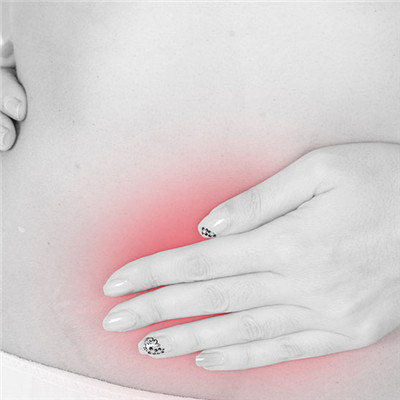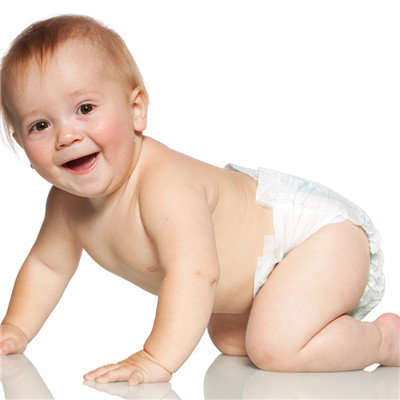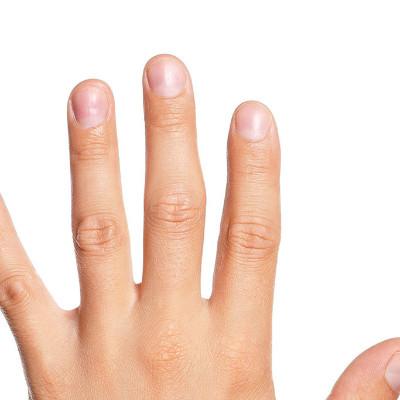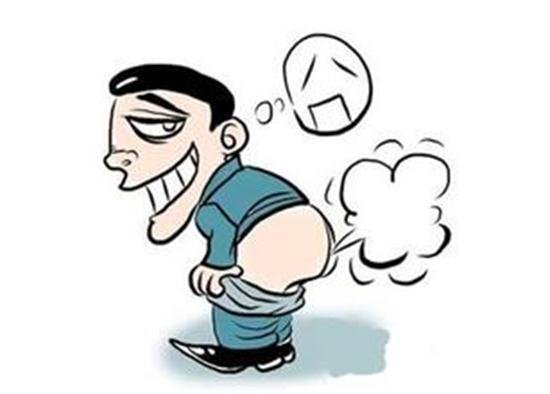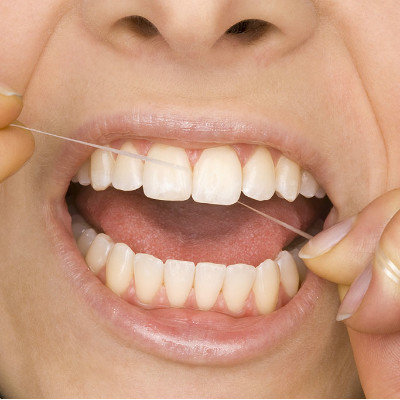Does 4 months darling cerebral palsy symptom?
summary
Most children with cerebral palsy lag behind normal children in motor and cognitive development, which will affect their quality of life in varying degrees. However, if they can be found in time and given early intervention, the development of some children can even be close to the level of normal children. So 4 months of baby cerebral palsy symptoms? Let's talk about it.
Does 4 months darling cerebral palsy symptom?
1. There are high-risk factors of cerebral palsy. When there are these high-risk factors, parents need to be vigilant and pay close attention to the follow-up development of children: there was a child with cerebral palsy in the family, the child was premature and low birth weight, the mother encountered dystocia in the process of giving birth, and the baby had severe hypoxia and asphyxia in the neonatal period Severe jaundice or cerebral hemorrhage.
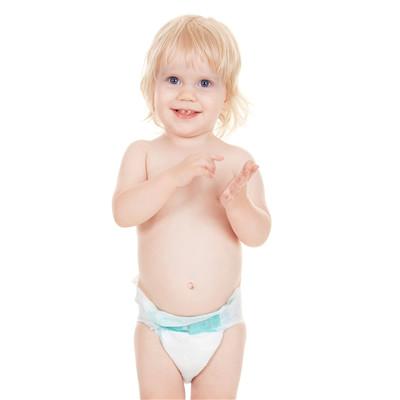
2. Sucking is difficult, too quiet or irritable to cause cerebral palsy. Unlike normal babies in the neonatal period, babies will look for food everywhere when they are hungry. When they see their mother's nipple or pacifier, they will take the initiative to suck. When they feed them, they suck as if they have no strength, and it is easy to cause choking and vomiting. Moreover, the mouth of children with cerebral palsy is always open, and saliva can be seen flowing out. In addition, cerebral palsy baby will often cry, difficult to pacify; Some babies show special quiet, indifferent to the surrounding sound, light and other stimulation performance.
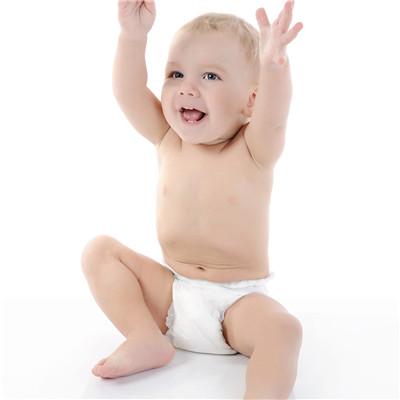
3. Motor development lags behind that of children of the same age. Children of different months will have different motor development levels, from the first moment when their head is upright to the neck standing steadily, and then to turning over, sitting, climbing, standing and walking. Although children with cerebral palsy can also see some different motor development changes, compared with children of the same age, However, they are obviously backward in motor development. For example, in two or three months, other babies can hold their heads steadily, but their heads are still wobbly; When they are three or four months old, other children can raise their heads to 90 degrees when they lie prone, but they still keep their faces close to the bed when they lie prone, or they have to work hard to lift their heads off the bed for a moment; When they are about six months old, other children can sit on their own, but they still can't turn over; When they are one year old, other children can crawl around and even start to walk, but they still can't sit. In addition to the development of big movement is obviously behind the children of the same age, in the development of fine movement, they are also behind the children of the same age, poor grasp and grasp ability, and even can't put their hands to the mouth, etc.

matters needing attention
When the baby is found in the growth process of the above abnormalities, we must go to the hospital as soon as possible, in order to achieve early detection, early treatment, the adverse consequences of brain injury to the minimum.



